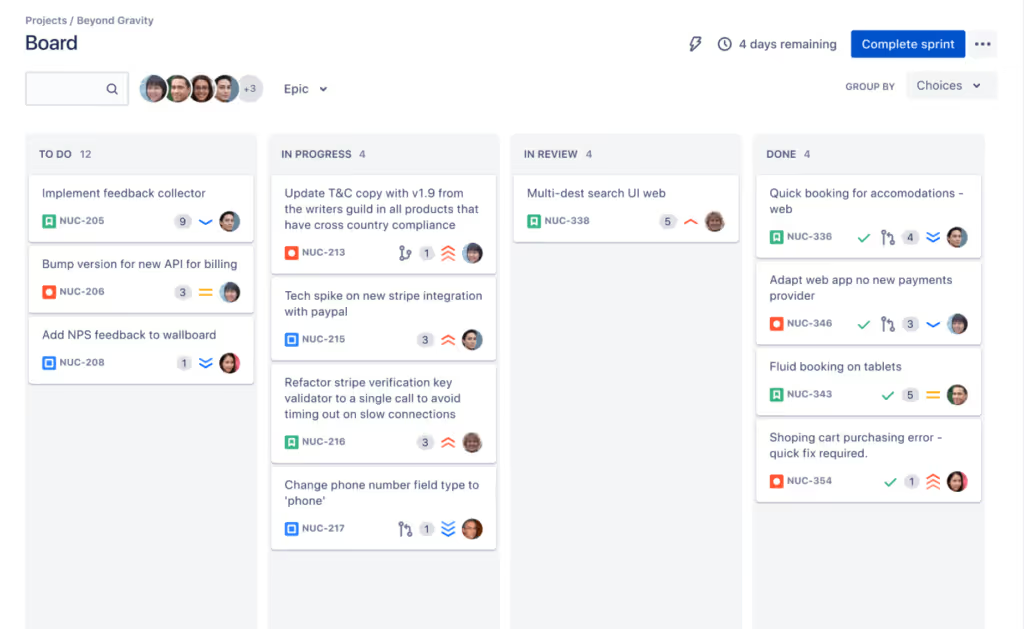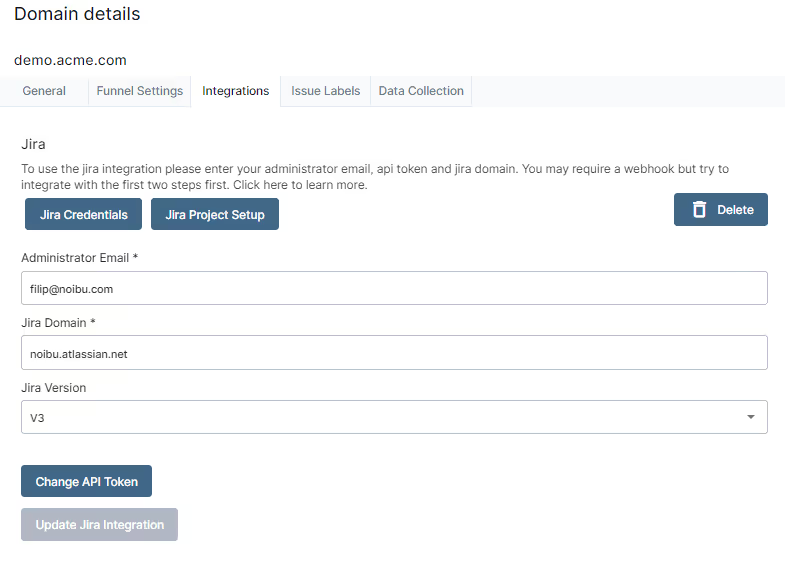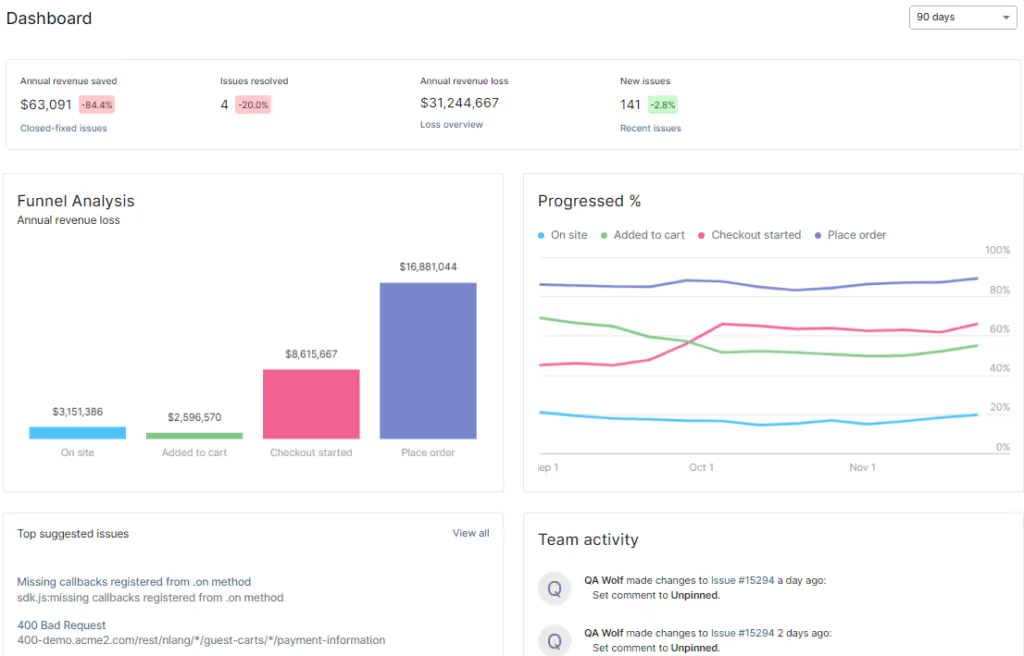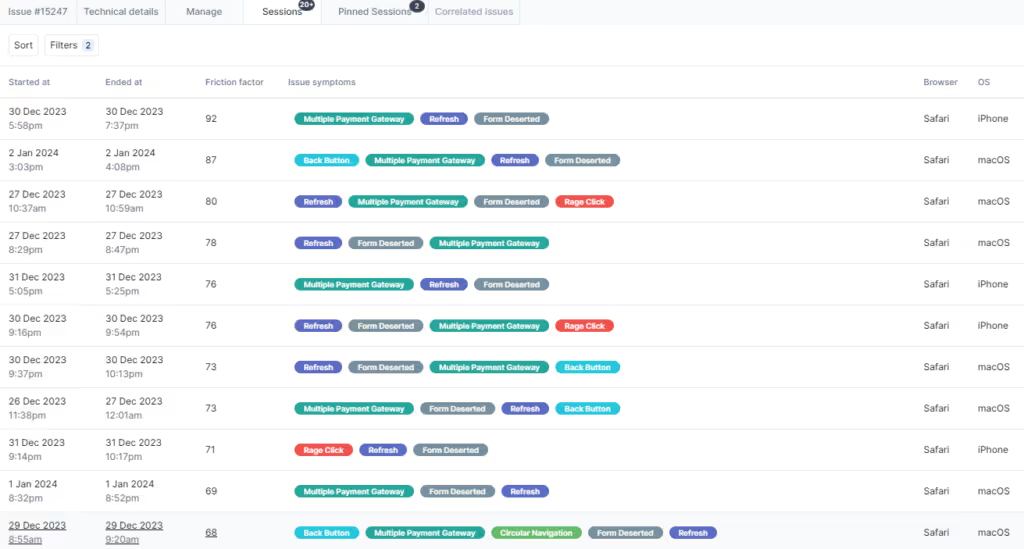An essential guide to ecommerce bug management

Website bugs that interrupt the online shopping experience end up frustrating customers and drive them into the waiting arms of competitors. Just one nasty bug can cause a massive drop in sales. Bugs can have a massive negative impact on your business’ top line.
Large ecommerce websites could have hundreds of errors. In fact, completely eliminating website errors is nearly impossible. What you can do is create an effective bug management framework where you address errors efficiently based on scope and impact.
This post shares everything you need to know about the bug-tracking process and devise an efficient ecommerce bug management system.
The problem with ad hoc bug tracking
Modern ecommerce websites are designed with multiple layers of HTML, CSS, and JavaScript. Hence, it is safe to assume that the code will see bugs at all these levels. These bugs need to be identified, filed, monitored, and debugged. This is an iterative process as each code version needs to be tested and debugged. Bugs need to be tracked throughout the entire lifecycle.
Hence, free-style bug tracking can bring chaos for everyone from the development team to the shopper. You need the right bug-tracking tools and strategies. The tool should focus on the “users impacted” portion of an error but also monitor all errors, at all times, throughout your site and share their impact on revenue.
On average, we’ve seen 100 to 150 errors for every thousand lines of code on ecommerce sites. Even if 1% of these bugs are menacing the consequences are huge.
Hence, bug management for large ecommerce sites needs to be premeditated.
How bugs lead to revenue loss (frequent offenders)
Bugs eat up developer time that could otherwise be spent on improving the functionality of your online store. Thus, you end up losing money on all those developer hours that are lost in endless cycles of bug investigation and reproduction. There is also the added opportunity cost of lost time that could otherwise be spent on feature releases.
Instead, most ecommerce teams spend time investigating why their checkout is throwing an error or why order confirmations aren’t working or simply trying to find the root cause of an error reported by customer service without any other helpful information. This ultimately eats into their revenue. Online retailers lose thousands, if not millions because of website errors and bugs.
This hurts, especially during the holiday season.
- UX bugs can damage a company's bottom line, causing it to lose more than $60M in holiday sales. Thus, just one nasty bug causes a massive drop in sales.
- The impact of digital frustration is huge on customer loyalty. More than half of the shoppers are unlikely to return to a store where they’ve experienced a poor digital experience.
One of our clients, Famous Smoke Shop was suffering over $2 million of annualized revenue loss due to hundreds of revenue-impacting bugs. Within 18 months of working with Noibu they were able to improve their error monitoring efficiency, reduce time to resolution, and resolve these errors.
Read the complete Famous Smoke Shop case study here.
Ecommerce bug management best practices
Now that we’ve understood how bugs impact ecommerce customer experiences and revenue, let’s look at a few best practices for fixing bugs effectively.
Streamline the bug report management process
Agile recommends pairing developers to monitor and report bugs promptly. But it is also critical to streamline the bug reporting process and include it as a part of your sprints. Adding bug reporting to routine sprints helps teams evaluate and assess the size and complexity of each bug and prioritize it amidst other tasks. That way, bug resolution doesn't end up falling through the cracks or being an after thought.
Jira is a feature-rich project management solution that offers scrum boards that support the Agile methodology. These boards allow teams to track bugs across their lifecycle.

And with the perfect integration, you can effortlessly forward bugs to these boards.
Noibu's integration with Jira allows you to automatically send detailed bug reports to scrum boards. This eliminates the need for manual bug reporting and ensures that new bugs are added to corresponding sprints which you can assign to a developer on your team.

By integrating Noibu with Jira, all errors detected by the platform can be automatically added to the board along with all relevant technical details that the developer needs to resolve the error. By automating the process of bug reporting you can closely monitor bugs throughout each sprint. This keeps every member of your team informed and focused on resolving bugs as and when they occur.
Have a standard template to report bugs
Make bug tracking an integral part of your user experience strategy. This is critical as layout bugs and flawed interactive features are often introduced during smaller ongoing site updates or A/B test versions.
If continual testing and reporting aren’t a part of your ongoing strategy, these bugs find their way to ruin experiences, causing shoppers to abandon your store.
Create a standard template to report:
- The type of the bug - Crash bug, logic bug, or user interface bug
- When does it occur? Assess its likelihood of occurrence
- Where? Determine the environment in which it occurs
- What are the expected outcomes of the bug resolution process? It is important to document the expected results once the bug is resolved
Limit the number of channels for bug reporting
The success of your bug management efforts rests on how effectively your QA testers, developers, and managers communicate. In such a case, if you have multiple channels for relaying bug information, critical bug data can go unnoticed.
To track these bugs through the lifecycle you may need multiple tools. But it’s important to settle on the tools that your team will use.
For instance, if you are relying on Noibu for bug and error monitoring, Jira for bug prioritization and assigning tasks, and Slack for communication, then stick with these tools. Don’t get, emails into this tech mix. Worse, avoid sticky notes or water cooler chats as a means of bug reporting.
Limit the number of channels you use for reporting bugs. Also, make integration a priority when selecting an ecommerce error monitoring platform, thus making the bug reporting process efficient.
Build a bug prioritization framework
Limit the number of channels you use for reporting bugs. Also, make integration a priority when selecting an ecommerce error monitoring platform, thus making the bug reporting process efficient.
The stakeholders carefully plan questions to efficiently run through the list of bugs and sort them based on severity.
For instance, bugs impacting shopper login or payment gateway can be a priority as they have a direct impact on usability. On the other hand, a duplicate notification bug can wait.
In enterprise-level ecommerce firms, bugs are likely to be detected more often and that too with varying levels of severity. Hence, it can be tough to manually assess and prioritize bugs. This can lead to issues piling up, thereby overwhelming your team.
That’s why it’s important to automate the bug management process. That brings us to the final yet important best practice in bug management.
Invest in a robust ecommerce bug monitoring and resolution tool
Managing a large ecommerce website is tough as several factors contribute to errors and bugs. Thus, manually monitoring all permutations of errors like cart/checkout issues, third-party caused errors, performance glitches, etc. can be challenging, time-consuming, and ineffective.
Hence, the best way to detect all bugs is to automate the process using a comprehensive bug management platform that detects 100% of ecommerce bugs, prioritizes them based on business impact, and resolves critical errors.
With Noibu, you can effortlessly plan and efficiently manage bug tracking and resolution. The ecommerce monitoring platform identifies and prioritizes bugs, allowing your team to fix critical bugs first and prevent any revenue loss due to customer frustration.
Noibu detects website errors in real-time and prioritizes them based on the impact they have on your business revenue so you can address most pressing issues immediately. You are also provided with the technical details required by developers to resolve the errors, without the need to investigate or replicate issues. Noibu also provides the corresponding session details so you can easily find the root cause of the error and resolve it quickly.

A bug management software makes it easy to build a streamlined workflow for error monitoring and reporting. It also helps with traceability during bug life cycle management. Commit to investing in ecommerce error monitoring and resolution platforms like Noibu to detect critical errors hurting sales and conversions in your checkout.

Summing up
A foolproof bug management strategy is designed to scrutinize every aspect of the ecommerce website, spot and resolve bugs, and minimize their impact on revenue. This ensures robust store functionality and user-friendliness, from the home page to the checkout process.
By investing in a suitable bug management software you can safeguard your operations, enhance user experience, and position yourself competitively in the bustling online marketplace.
An ecommerce error monitoring platform like Noibu simplifies bug tracking workflows quite significantly. It automates the process of detecting and resolving errors, so your team can focus on more strategic projects like launching new features.
So get started today to uncover what’s brewing under the hood of your ecommerce site. Experience Noibu’s advance error monitoring and resolution capabilities by signing up for a demo.




